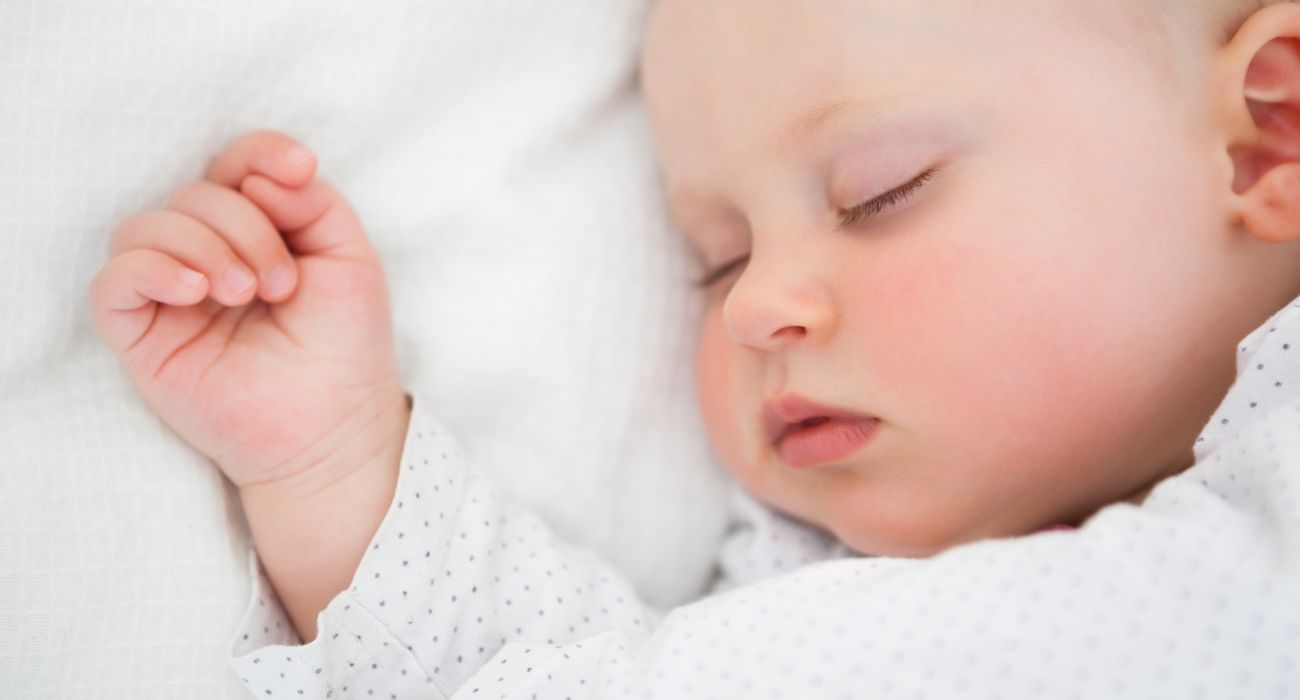A study published earlier this month found some striking differences in the birth rates logged by each state during the COVID-19 pandemic.
The report, published in the peer-reviewed journal Human Reproduction, leveraged data on COVID-19 outbreak severity from the Centers for Disease Control and Prevention, fertility rate changes from the 2020 U.S. Census, and 2021 people estimates from the University of Virginia nine months after each COVID-19 wave.
The researchers apparently found that birth rates “were influenced more by state-level economic, racial, political, and social factors than by COVID-19 wave severity,” per the report.
Before COVID-19, the U.S. saw a steady decline in its overall birth rate between 2010 and 2020, per Statista. A total of 13 births per 1,000 people were logged in 2010, compared to 10.9 births per 1,000 in 2020.
Yet Texas had already been defying this trend, as The Dallas Express reported. Between 201W0 and 2020, the Lone Star State gained 1,000 residents each day, with just under 50% of this increase due to new births.
When COVID-19 struck and was followed by social distancing rules and lockdowns, significant changes to many aspects of life in the U.S. were ushered in.
These changes contributed to the largest one-year drop in birth rates seen in 50 years, per USA Today.
Nationwide, fertility rates dropped by 17.5 births per month among 100,000 women of reproductive age following the first wave of COVID-19 in February 2020, per the study.
Following the second wave in the winter of 2020, a decline of 9.2 births per month among 100,000 women of reproductive age was logged.
Yet the report highlights that the drop in birth rates was not uniform across all states. Instead, some states experienced sharp declines, while others saw little change.
To better grasp these differences, the researchers looked at a multitude of state-level factors, such as perceived political leaning, social distancing measures, education attainment, poverty rates, employment changes, and rurality.
The investigation revealed that the states where fertility rates were negatively impacted the most were the ones with higher levels of income variation, larger numbers of college-educated individuals, and significant employment declines at the onset of the pandemic.
The timing of the COVID-19 waves also played a role in the varying fertility rates, as the study’s senior author Linda Kahn remarked, per USA Today.
The states that were hit hard early in the spring, including those in the Northwest and Northeast, saw a more significant impact on fertility rates than those, including states in the South, that were hit a few months later, Kahn suggested, per USA Today.
Overall, the states with more stringent social distancing policies and were considered to lean left politically also experienced more pronounced declines in fertility rates after the initial pandemic wave.
New York, for example, experienced a significant decline in fertility rates after the initial wave, resulting in approximately 76 fewer monthly births per 100,000 women, per USA Today.
More conservative states such as Montana, Idaho, and Utah recorded an increase in births of up to 56 per 100,000 women each month.
Texas saw an increase of over 10 monthly births per 100,000 women after the first COVID-19 wave and another of nearly 17 monthly births per 100,000 women after the second, per the report.
“Heading into COVID, we already saw that fertility was higher in red America than in blue America,” said Brad Wilcox, per USA Today. “But COVID seems to have augmented this divide in family formation, with blue states seeing much greater declines in fertility than red states.”
While unaffiliated with the study, Wilcox is a professor of sociology at the University of Virginia and heads the National Marriage Project. This initiative aims to study the health of marriage in the U.S. in order to find ways to build higher quality and more stable relationships, per its website.






